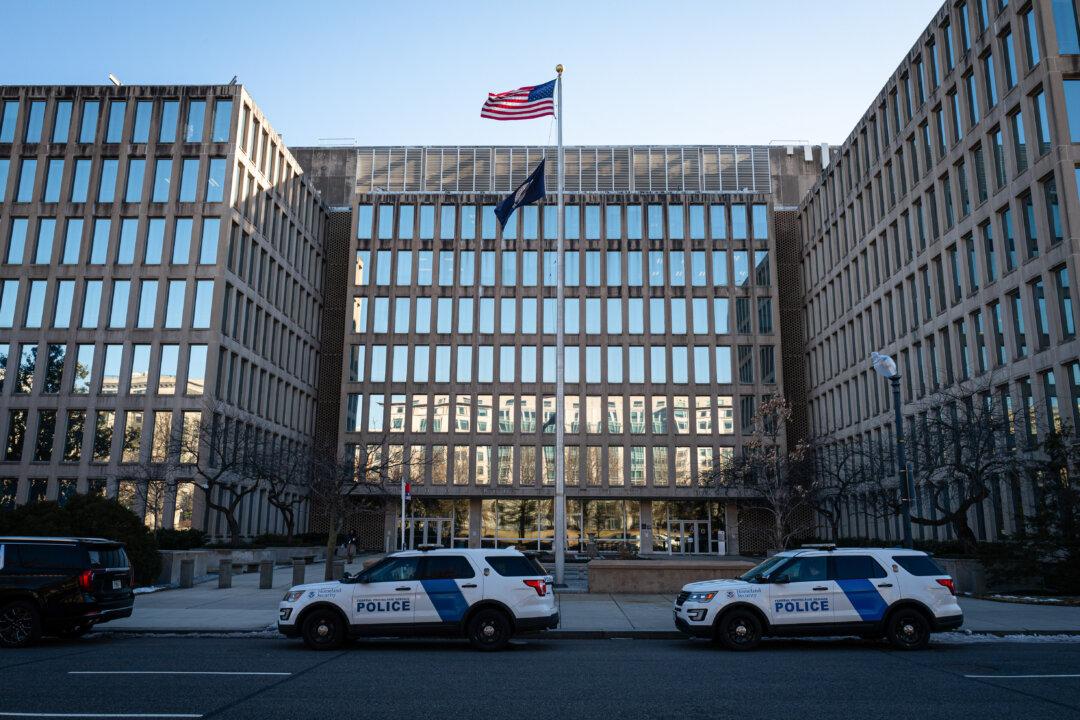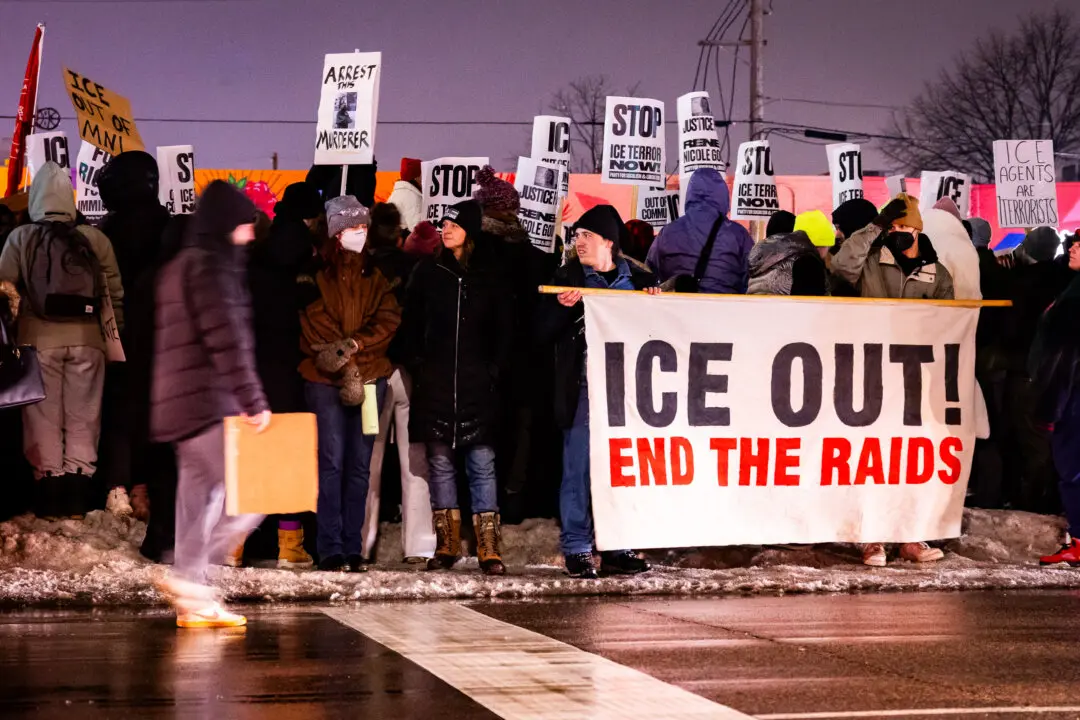The U.S. territory of Puerto Rico has declared an influenza epidemic, with a majority of the nearly 30,000 cases being children.
It was Puerto Rico’s first such declaration since 2016, according to a Nov. 9 press release by the Puerto Rico Department of Health. Fatalities rose to 42 individuals as of Nov. 4, with 1,048 hospitalizations and 29,947 infections this influenza season, which began in July.





